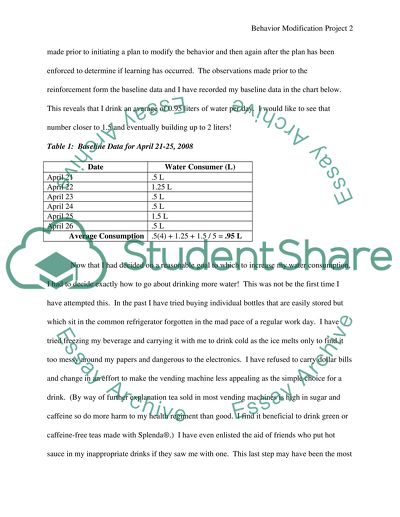Cite this document
(Behavior Modification Project Case Study Example | Topics and Well Written Essays - 1000 words, n.d.)
Behavior Modification Project Case Study Example | Topics and Well Written Essays - 1000 words. https://studentshare.org/psychology/1501415-behavior-modification-project
Behavior Modification Project Case Study Example | Topics and Well Written Essays - 1000 words. https://studentshare.org/psychology/1501415-behavior-modification-project
(Behavior Modification Project Case Study Example | Topics and Well Written Essays - 1000 Words)
Behavior Modification Project Case Study Example | Topics and Well Written Essays - 1000 Words. https://studentshare.org/psychology/1501415-behavior-modification-project.
Behavior Modification Project Case Study Example | Topics and Well Written Essays - 1000 Words. https://studentshare.org/psychology/1501415-behavior-modification-project.
“Behavior Modification Project Case Study Example | Topics and Well Written Essays - 1000 Words”. https://studentshare.org/psychology/1501415-behavior-modification-project.


